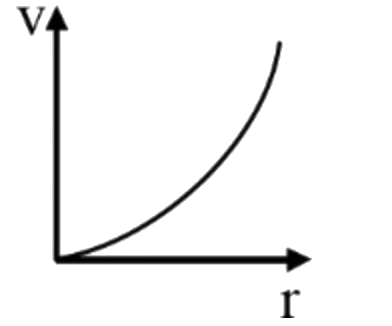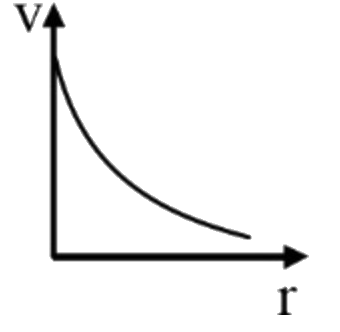The terminal velocity V of a spherical ball of lead of radius R falling through a viscous liquid varies with R such that
vr2 = Constant
vr2 = Constant
vr = Constant
vr = Constant
Step by step video & image solution for The terminal velocity V of a spherical ball of lead of radius R falling through a viscous liquid varies with R such that by Physics experts to help you in doubts & scoring excellent marks in Class 12 exams.
Related Playlists
Similar Practice Problems
- Question 1 - Select One
The terminal velocity of small sized spherical body of radius r falling vertically in a viscous liquid is given by the following proportionality
A1r2Br2C1rDr - Question 1 - Select One
The terminal velocity of a small sized speherical body of radius r falling in a viscous liquid is proportional to :
A1r2B1rCrDr2 - Question 1 - Select One
The terminal velocity of a sphere of radius R, falling in a viscous fluid, is proportional to
ARB1RCR2D1R2 - Question 1 - Select One
After terminal velocity is reached the acceleration of a body falling thorugh a viscous fluid is:
AzeroBgCless than gDgreater than g - Question 1 - Select One
The terminal velocity v of a small steel ball ofradius r fal ling under gravity through a column ofa viscous liquid of coefficient of viscosity η depends on mass of the ball m, acceleration due to gravity g, coefficient of viscosity η and radius r. Which of the following relations is dimensionally correct?
Avr∝ηmgrBvr∝mgrηCvr∝mgrηDvr∝mg ηr - Question 1 - Select One
Terminal velocity (V) of a spherical object varies with a radius of object (r) -
A B
B C
C D
D
- Question 1 - Select One
The terminal velocity of a sphere moving through a viscous medium is :
Adirectly proportional to the radius of the sphereBinversely proportional to the radius of the sphereCdirectly propotional to the square of the radius of sphereDinversely propotional to the square of the radius of sphere
Similar Questions
Define coefficient of viscosity and give its SI unit. On what factors does the terminal velocity of a spherical ball falling through a viscous liquid depend ? Derive the formula υt=2r2g9η(ρ−ρ1) where the symbols have their usual meanings.
View SolutionDefine terminal velocity. Show that the terminal velocity υ of a sphere of radius r, density ρ falling vertically through a viscous fluid of density σ and coefficient of viscosity η is given by υ=29(ρ−σ)r2gη Use this formula to explain the observed rise of air bubbles in a liquid.
View SolutionDefine terminal velocity and obtain an expression for the terminal velocity in case of a sphere falling through a viscous liquid. Also show graphically the variation of velocity with time.
View Solution

